Bearded dragons have become increasingly popular pets in households across America, known for their docile nature and prehistoric appearance. For families considering a pet that’s not a traditional cat or dog, these reptiles often make it to the top of the list. But are bearded dragons truly suitable companions for children? This fascinating question requires careful consideration of multiple factors including care requirements, handling considerations, and the developmental benefits they might offer young ones. While these Australian natives can make wonderful family pets, they come with specific needs that parents and children must understand before bringing one home. Let’s explore the advantages and challenges of having a bearded dragon as a child’s pet, helping you make an informed decision that benefits both your family and the animal.
Understanding Bearded Dragon Basics

Bearded dragons (Pogona vitticeps) are medium-sized lizards native to the arid regions of Australia, typically growing to 18-24 inches in length when fully mature. These reptiles get their distinctive name from the spiny projections under their throats that resemble a beard, which can puff out and darken when they feel threatened or during mating displays. In captivity, bearded dragons can live between 8-12 years with proper care, making them a significant long-term commitment for families. Unlike some reptiles that remain skittish throughout their lives, bearded dragons are known for their relatively calm demeanor and can become quite accustomed to human interaction when socialized properly from a young age.
The Temperament Advantage
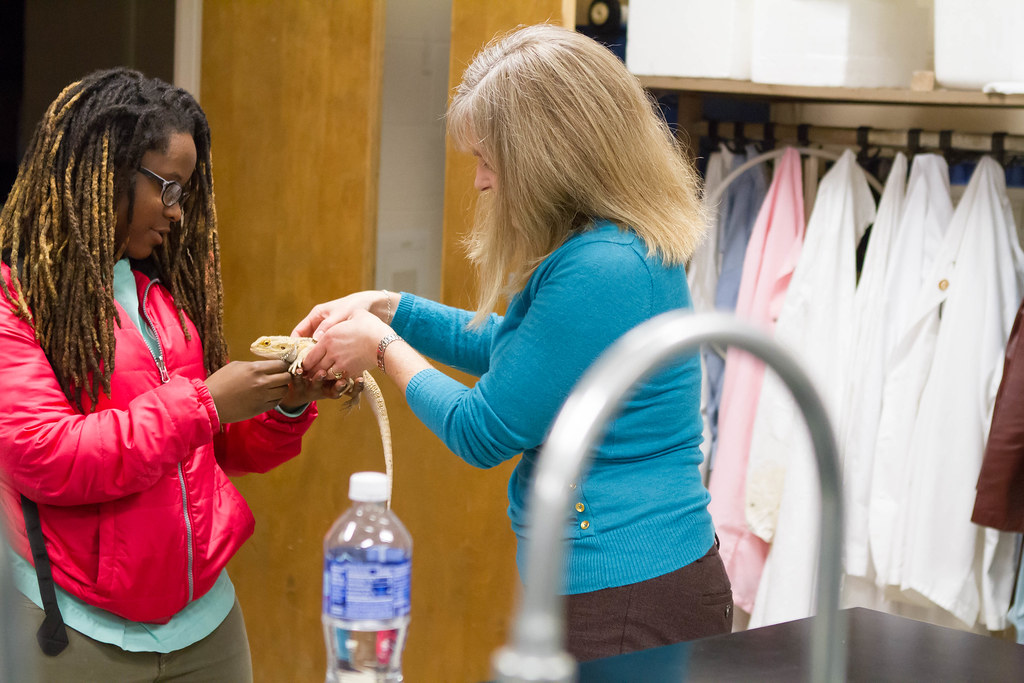
One of the strongest arguments in favor of bearded dragons as pets for children is their generally docile and calm temperament. Unlike some reptiles that remain perpetually nervous or aggressive, properly socialized bearded dragons often enjoy being handled and can form recognizable bonds with their caretakers. They rarely bite, and when they do, their bite is usually not harmful to humans due to their small teeth and relatively weak jaw strength. Many bearded dragon owners report that their pets recognize them, show excitement during feeding time, and even enjoy sitting on shoulders or laps during family activities. This friendly disposition makes bearded dragons less stressful for children to interact with compared to more high-strung reptiles like certain gecko species.
Learning Responsibility Through Care
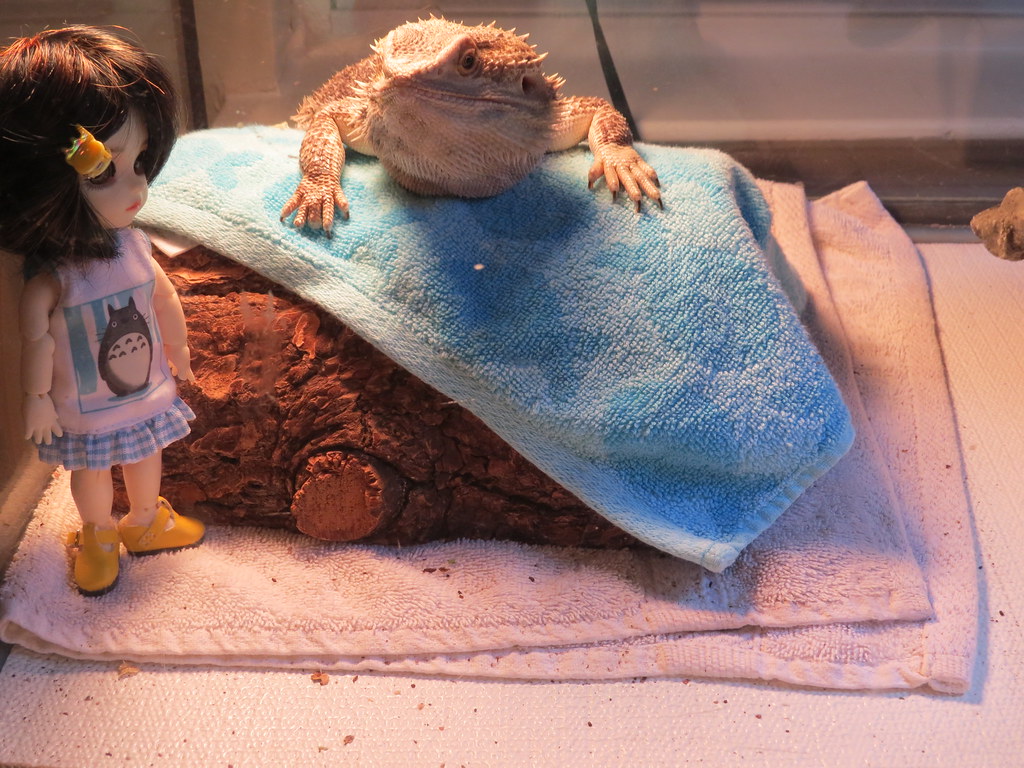
Caring for a bearded dragon provides excellent opportunities for children to learn about responsibility in a structured way. Daily tasks include feeding, checking water dishes, monitoring temperatures, and observing the animal’s behavior for signs of health issues. Weekly responsibilities involve deeper habitat cleaning, while monthly tasks might include more thorough enclosure maintenance and health assessments. Parents can create age-appropriate care charts that gradually introduce children to more complex aspects of bearded dragon husbandry as they mature. The concrete nature of these care tasks helps children understand cause-and-effect relationships—if they forget to provide fresh water, for example, they can immediately see the potential impact on their pet’s well-being, fostering a sense of accountability.
Housing Requirements and Space Considerations
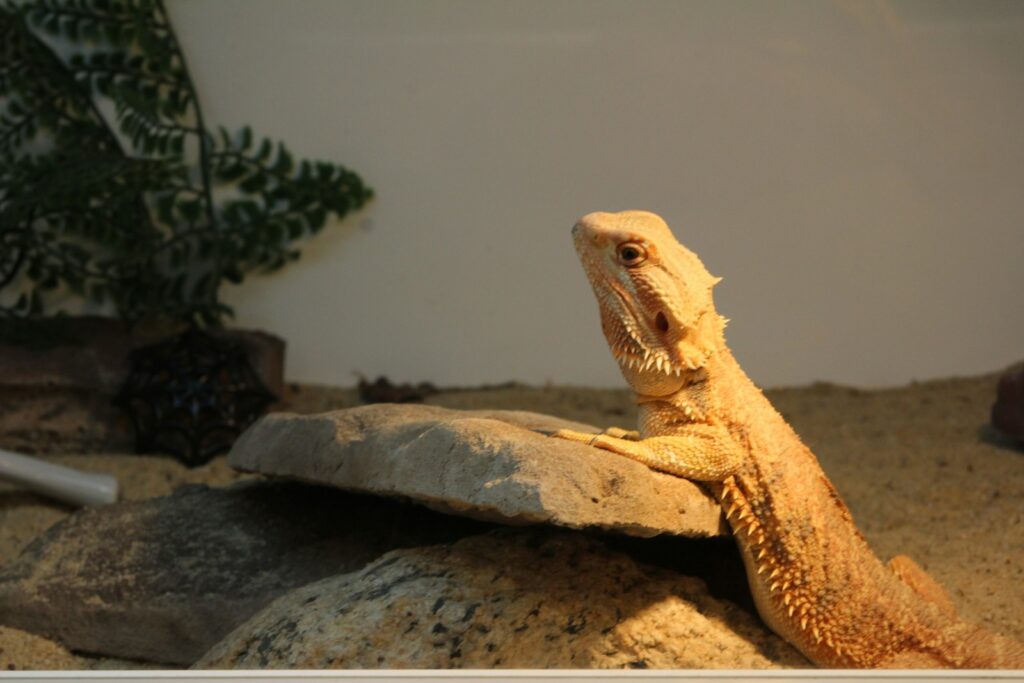
Bearded dragons require substantial housing that may present challenges for some families with limited space. A proper adult enclosure should be at least 40 gallons (preferably 75-120 gallons), measuring approximately 48″L x 24″W x 24″H to allow adequate space for movement, climbing, and proper temperature gradients. These enclosures need specific lighting equipment, including UVB bulbs and basking lamps that create temperature zones ranging from 75°F on the cool side to 100-110°F in the basking area. The significant footprint of a proper bearded dragon habitat means families need dedicated space that’s safe from other household pets and young children who might disturb the setup. Additionally, the enclosure must be placed away from drafts, air conditioning vents, and direct sunlight that could disrupt the carefully maintained environmental conditions.
Dietary Needs and Preparation

Bearded dragons have complex nutritional requirements that may challenge some families, particularly those with young children as primary caretakers. These omnivorous reptiles require a diet consisting of live insects (crickets, dubia roaches, superworms) and fresh vegetables, with precise ratios changing as they age from juveniles to adults. Proper food preparation involves not just purchasing appropriate insects, but also “gut-loading” them (feeding the insects nutritious foods before feeding them to the dragon) and dusting them with calcium and vitamin supplements according to a specific schedule. The vegetable portion must be finely chopped and include a variety of leafy greens, squashes, and bell peppers while avoiding certain toxic foods like avocado and rhubarb. Many parents may find themselves handling the majority of food preparation, particularly for younger children who might struggle with the precision required.
Health Considerations and Veterinary Care
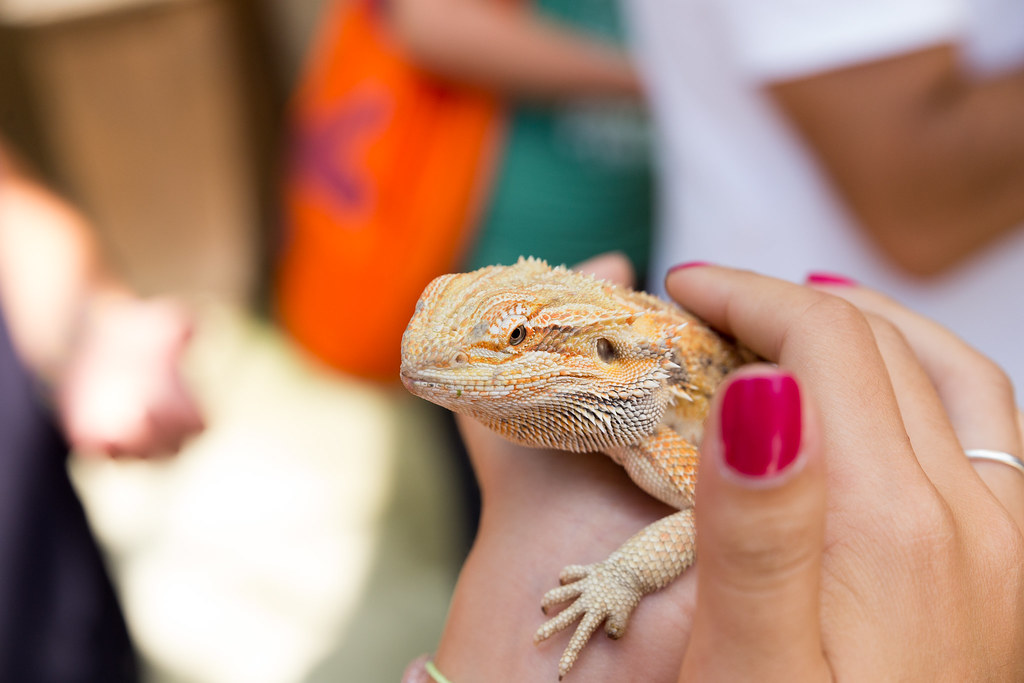
Responsible bearded dragon ownership includes access to specialized veterinary care, which can be both costly and potentially limited depending on your location. Exotic animal veterinarians who treat reptiles are less common than traditional pet vets, and their services typically cost more due to their specialized training. Annual check-ups are recommended, with costs ranging from $50-100 for basic exams and potentially hundreds more for any necessary treatments or tests. Common health issues include metabolic bone disease (from improper UVB lighting or calcium supplementation), respiratory infections, parasites, and impaction from inappropriate substrates or food items. Parents should research veterinary options before bringing a bearded dragon home and budget for both routine and emergency care, understanding that treatment for serious conditions may cost several hundred dollars at minimum.
Handling Safety for Both Child and Dragon
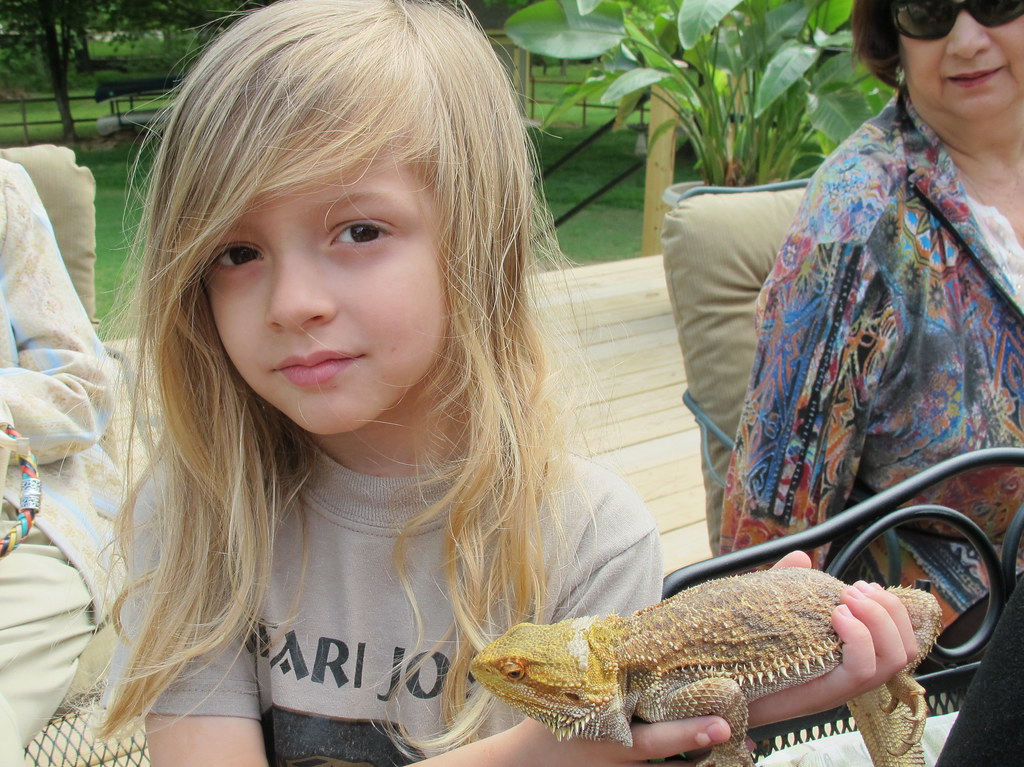
Safe handling practices are essential when children interact with bearded dragons to protect both the child and the reptile from harm. Children must learn to support the bearded dragon’s entire body, particularly their legs and tail, as dropping the animal can lead to serious injuries like broken bones or internal damage. Hand washing before and after handling is non-negotiable to prevent salmonella transmission, a bacterial infection that reptiles may carry asymptomatically but can cause serious illness in humans, especially young children. Parents should supervise all interactions until they’re confident their child can handle the bearded dragon responsibly, typically teaching proper techniques like allowing the dragon to walk onto their hands rather than grabbing from above (which can trigger defense mechanisms). Additionally, children need to recognize stress signals like beard darkening, hissing, or tail twitching that indicate the dragon needs space.
Educational Value and Scientific Learning
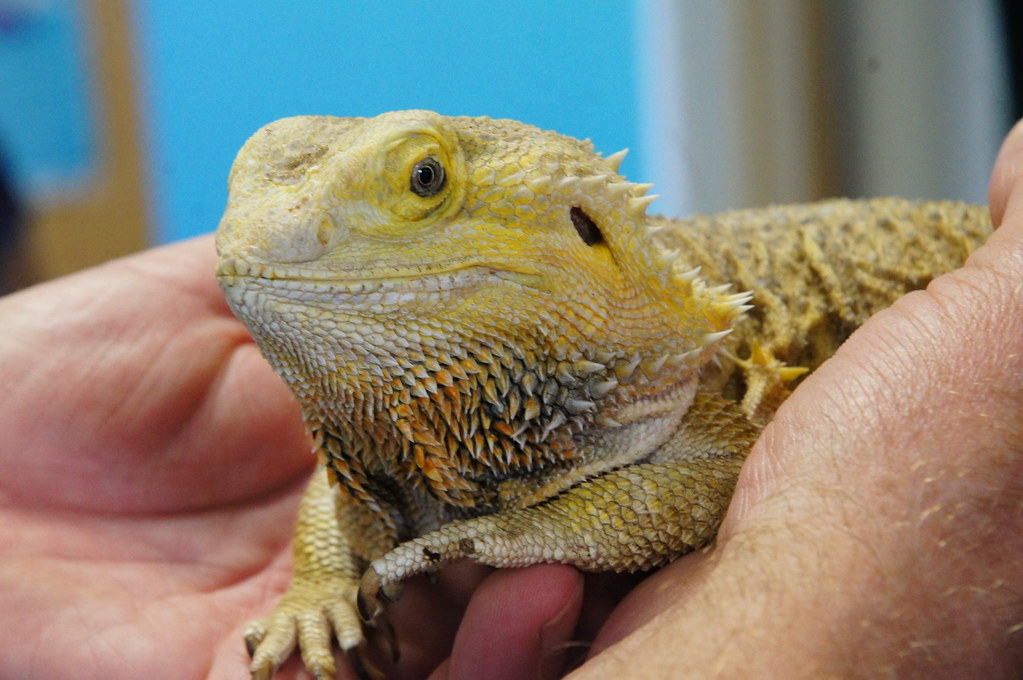
Bearded dragons offer extraordinary educational opportunities that extend well beyond basic pet care into fascinating areas of biology and natural science. Children can learn about concepts like thermoregulation by observing how their dragon moves between temperature gradients throughout the day, seeking warmer areas when digesting and cooler spots when resting. The process of brumation (a reptilian version of hibernation) provides lessons about animal adaptations to seasonal changes and energy conservation. For older children, tracking feeding records, growth measurements, and behavior patterns can introduce principles of scientific observation and data collection in a meaningful, engaging context. Many parents report that bearded dragon ownership has sparked broader interest in herpetology, conservation, and evolution, with children often researching additional information about reptiles independently and sharing their knowledge with friends and family.
Age-Appropriate Considerations
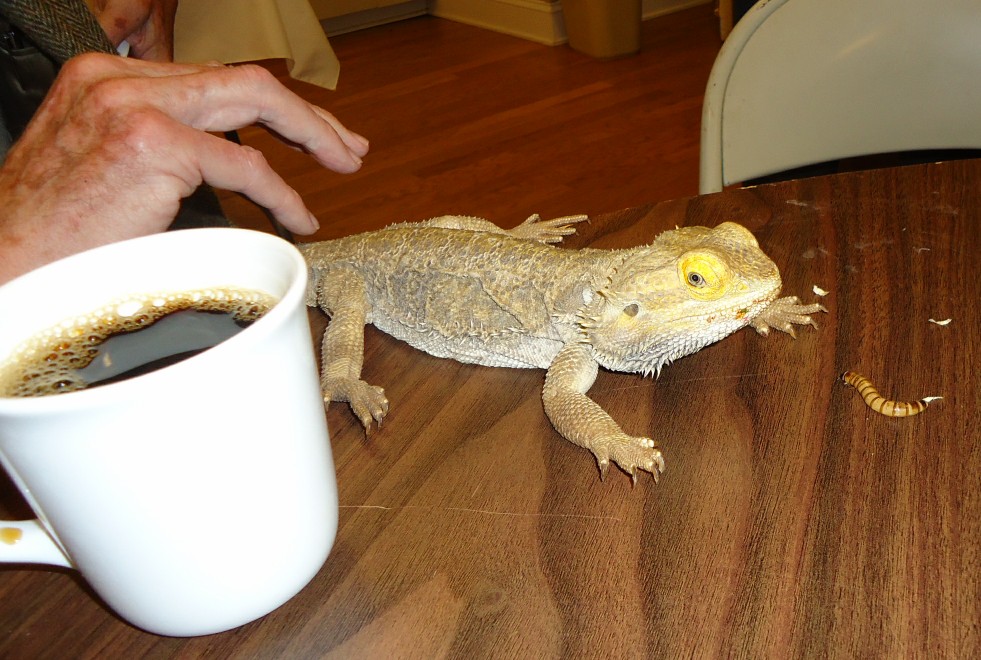
The question of whether a bearded dragon makes a suitable pet largely depends on the child’s age and maturity level, with different recommendations for various developmental stages. For children under 6, bearded dragons should generally be considered family pets with adults handling the majority of care duties, allowing supervised interaction but not independent responsibility. Children aged 7-10 can begin to take on specific care tasks like feeding vegetables or monitoring water dishes, but parents should still oversee insect feeding, supplement application, and handling. Tweens and teens (11-16) can gradually assume more comprehensive care responsibilities, including habitat maintenance and temperature monitoring, though parental guidance remains important for health assessments and veterinary decisions. By age 16 and above, most responsible teens can manage nearly all aspects of bearded dragon care with occasional parental support, particularly for financial considerations.
Allergy and Asthma Concerns
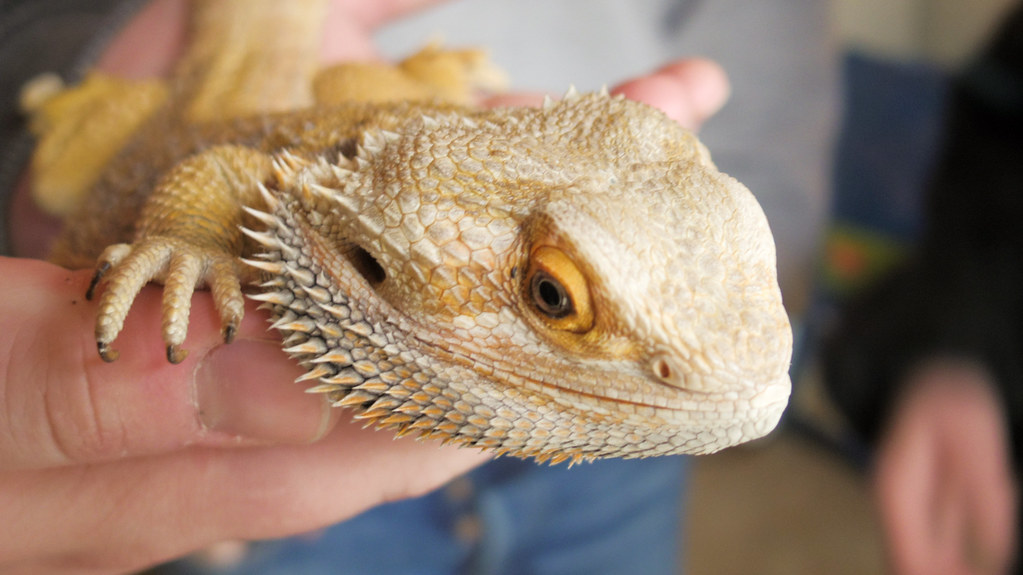
Bearded dragons may offer a suitable pet option for families with certain allergies, though some considerations remain important. Unlike furry pets that produce dander, bearded dragons have scales and don’t shed hair or fur, making them less likely to trigger traditional pet allergies in sensitive individuals. However, other components of bearded dragon care may still cause concerns for some family members with respiratory sensitivities. The substrate (bedding) used in their enclosures, particularly loose particles like reptile sand or coconut fiber, can become airborne during cleaning and potentially irritate airways or exacerbate asthma symptoms. Additionally, some individuals may develop allergic reactions to the insects used as food, particularly crickets and mealworms, which can release allergens into the air, especially when kept in large numbers as feeder colonies.
Financial Investment Assessment
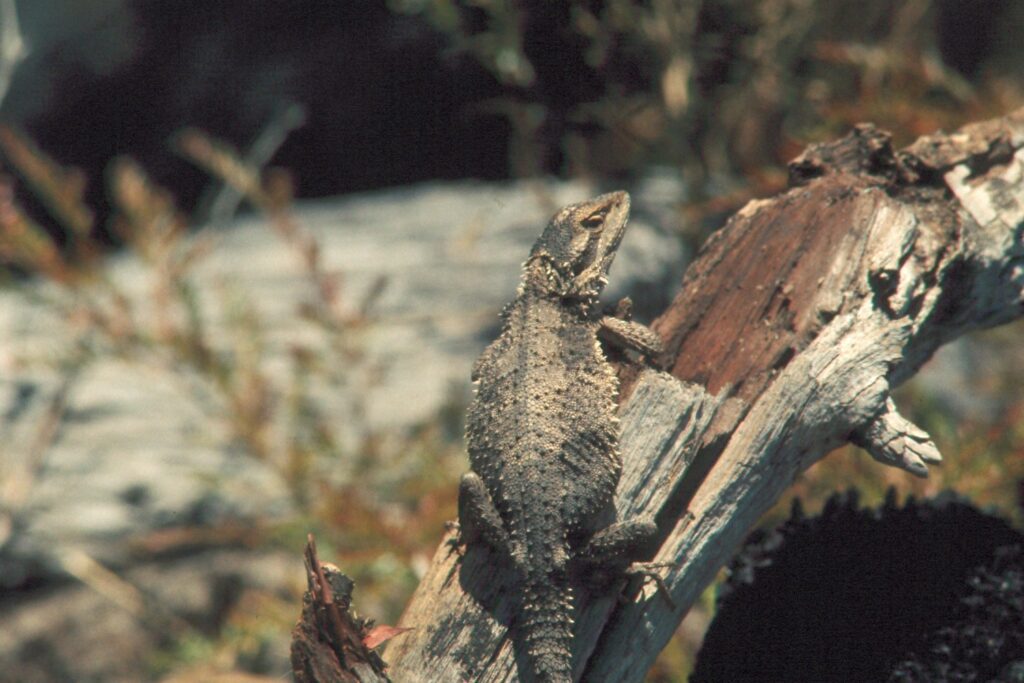
The financial reality of bearded dragon ownership extends far beyond the initial purchase price of the animal, requiring significant ongoing investment throughout their 8-12 year lifespan. Startup costs typically range from $500-800 for a properly equipped habitat, including the enclosure, lighting fixtures, UVB bulbs, heating elements, thermometers, substrate, hides, and décor. Recurring monthly expenses average $50-75, covering live feeder insects ($20-30), fresh vegetables ($10-15), supplements ($5-10), and electricity costs for running heat lamps and UVB fixtures continuously. Replacement items include UVB bulbs (every 6-8 months at $30-50 each), heat bulbs (as needed, approximately $10-15), and substrate changes (every 1-3 months depending on type, $15-30). Additionally, families should budget for annual veterinary exams ($75-150) and maintain an emergency fund of at least $300-500 for unexpected health issues that may arise throughout the dragon’s life.
Commitment Length and Long-Term Planning
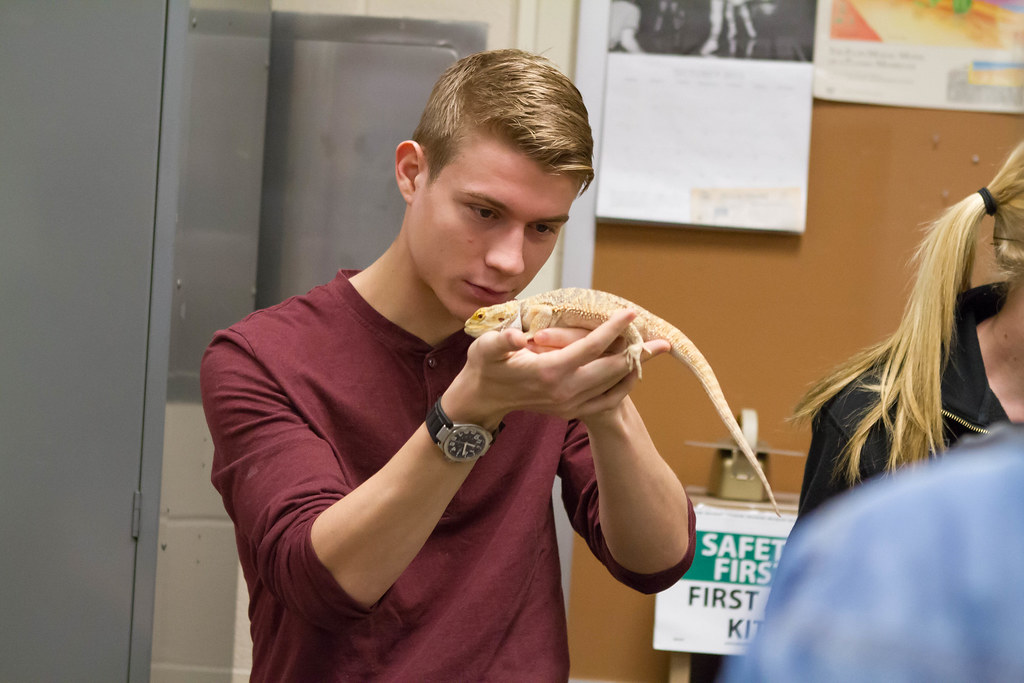
The substantial lifespan of bearded dragons necessitates thoughtful consideration of long-term family circumstances before adoption. With proper care, these reptiles regularly live 8-12 years and occasionally reach 15 years of age, meaning a dragon acquired for an elementary school child may still be part of the family when that child graduates high school or enters college. Families must honestly assess their willingness to maintain care throughout major life transitions, including potential moves, changing household dynamics, or the child’s eventual departure for college or independent living. Parents should have realistic conversations about who will assume responsibility for the bearded dragon during different life stages, including plans for school breaks, family vacations, and potential housing restrictions in future living situations. The long-term commitment also means considering how different family members’ interest in the pet might evolve over time, as initial enthusiasm can sometimes wane while care duties remain constant.
Alternatives to Full Ownership
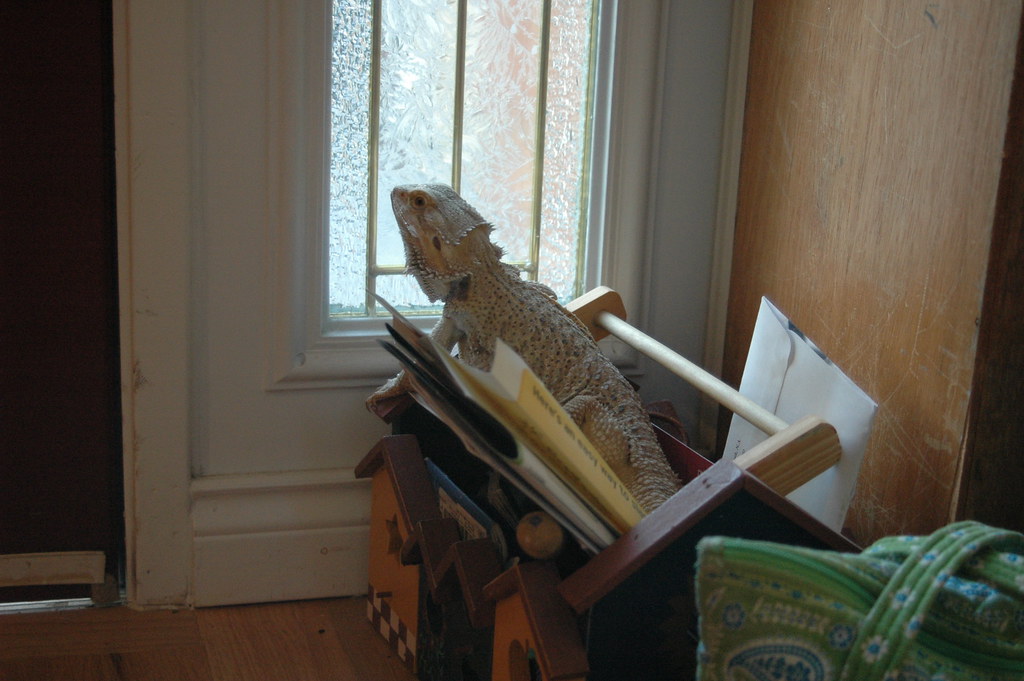
For families uncertain about the significant commitment of bearded dragon ownership, several alternatives exist that can satisfy a child’s interest in reptiles while providing valuable learning experiences. Temporary fostering through reptile rescue organizations allows families to care for a bearded dragon for a defined period (typically 1-6 months), providing both education and time to assess whether permanent ownership is feasible. Additionally, some science centers and nature programs offer “reptile encounter” workshops where children can interact with various species under professional supervision while learning about proper handling and natural history. School classroom pets present another opportunity, as many teachers maintain bearded dragons that students help care for during the academic year, allowing children to participate in feeding and observation without full-time responsibility. Some adventurous families may even consider “dragon-sitting” for friends or relatives during vacations, gaining practical experience before making their own long-term commitment.
Making the Final Decision
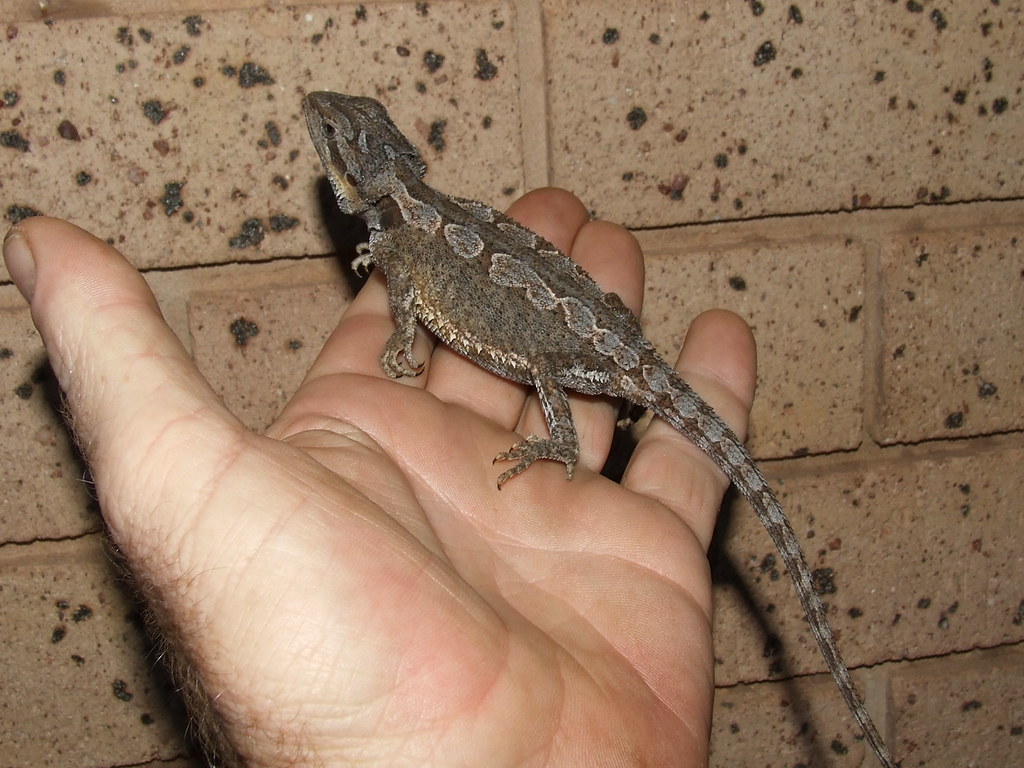
When determining whether a bearded dragon is right for your family, conducting a thorough self-assessment regarding all aspects of ownership is essential for both your family’s satisfaction and the animal’s welfare. Begin by evaluating your child’s demonstrated responsibility with existing commitments, considering whether they consistently complete chores, homework, or care for other pets without significant reminders. Assess your family’s schedule realistically, noting that bearded dragons require daily attention even on weekends, holidays, and during travel periods when arrangements for care must be made. Consider your household’s spatial constraints, ensuring you have adequate room for a proper adult enclosure that won’t need to be moved frequently or placed in suboptimal conditions. Finally, engage in honest family discussions about interest sustainability, acknowledging that while initial enthusiasm may be high, care requirements remain consistent throughout the animal’s decade-long lifespan regardless of changing interests.
Bearded dragons can make wonderful pets for children when families approach ownership with proper preparation and realistic expectations. Their gentle temperament, interactive nature, and educational value create opportunities for meaningful companionship and learning. However, these benefits come with significant responsibility—specialized habitat requirements, complex dietary needs, substantial financial investment, and a decade-long commitment. The most successful bearded dragon owners are those who thoroughly research care requirements before bringing one home, establish clear care routines that distribute responsibilities appropriately based on children’s ages, and maintain adult oversight throughout the relationship. By carefully weighing the pros and cons outlined in this guide against your family’s specific circumstances, you can make an informed decision about whether a bearded dragon will truly be a good fit for your child and your household.



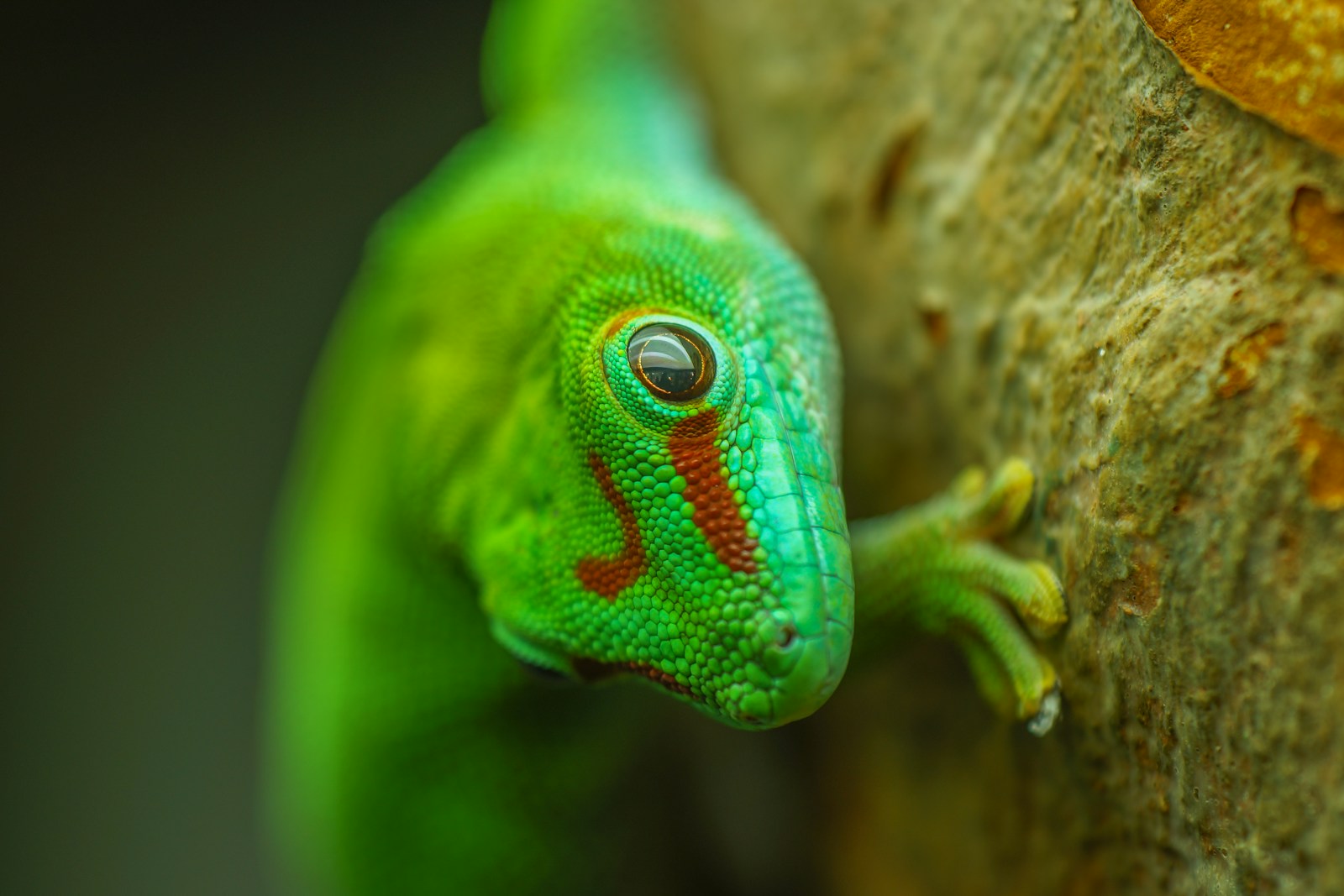
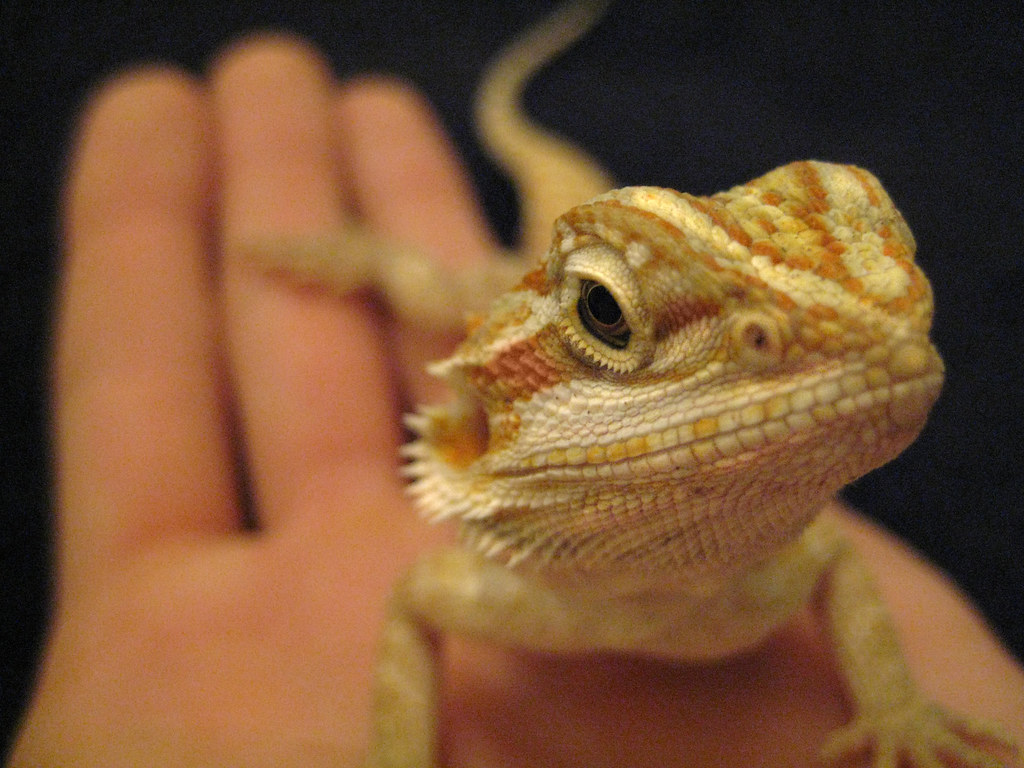
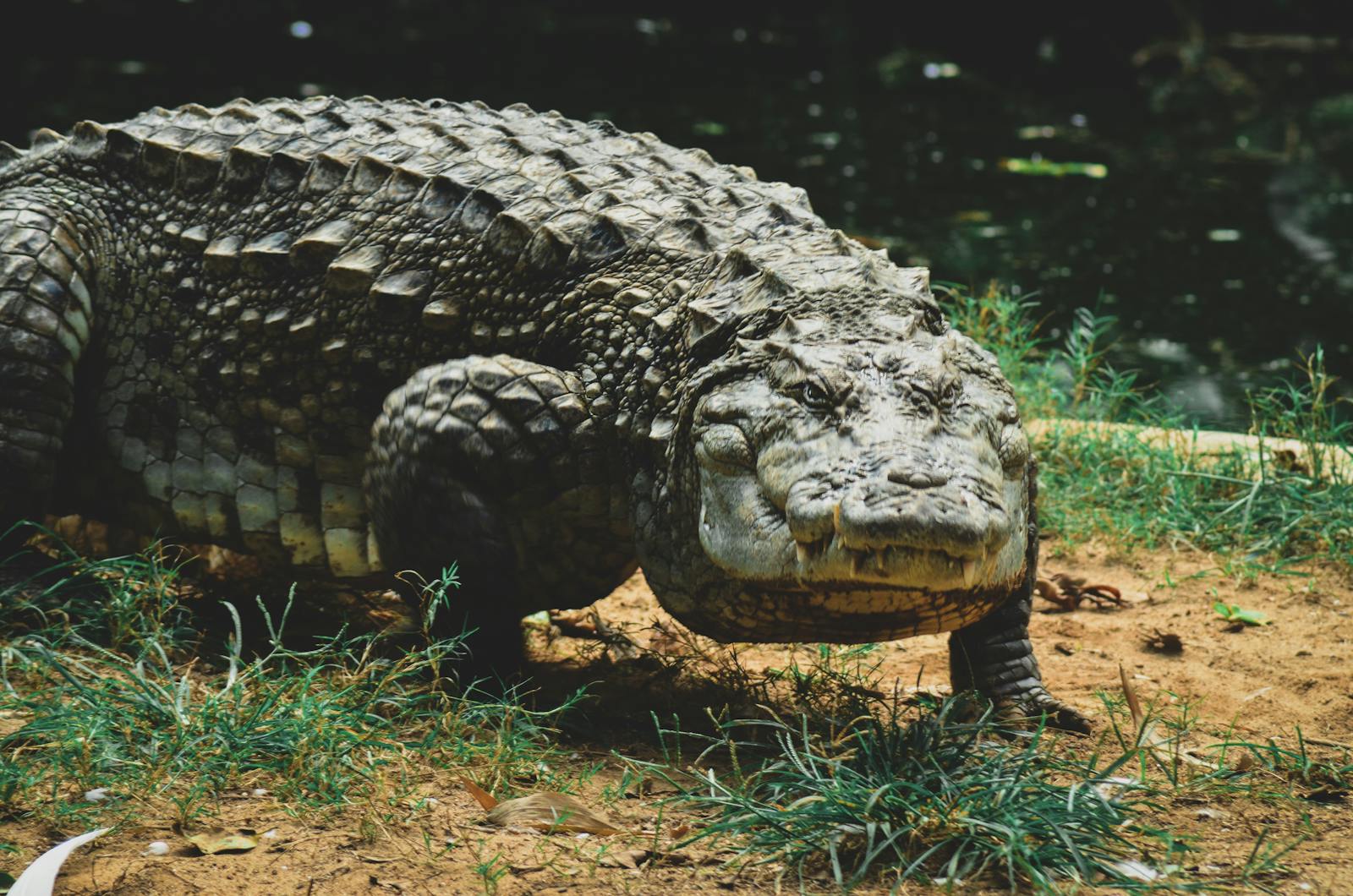

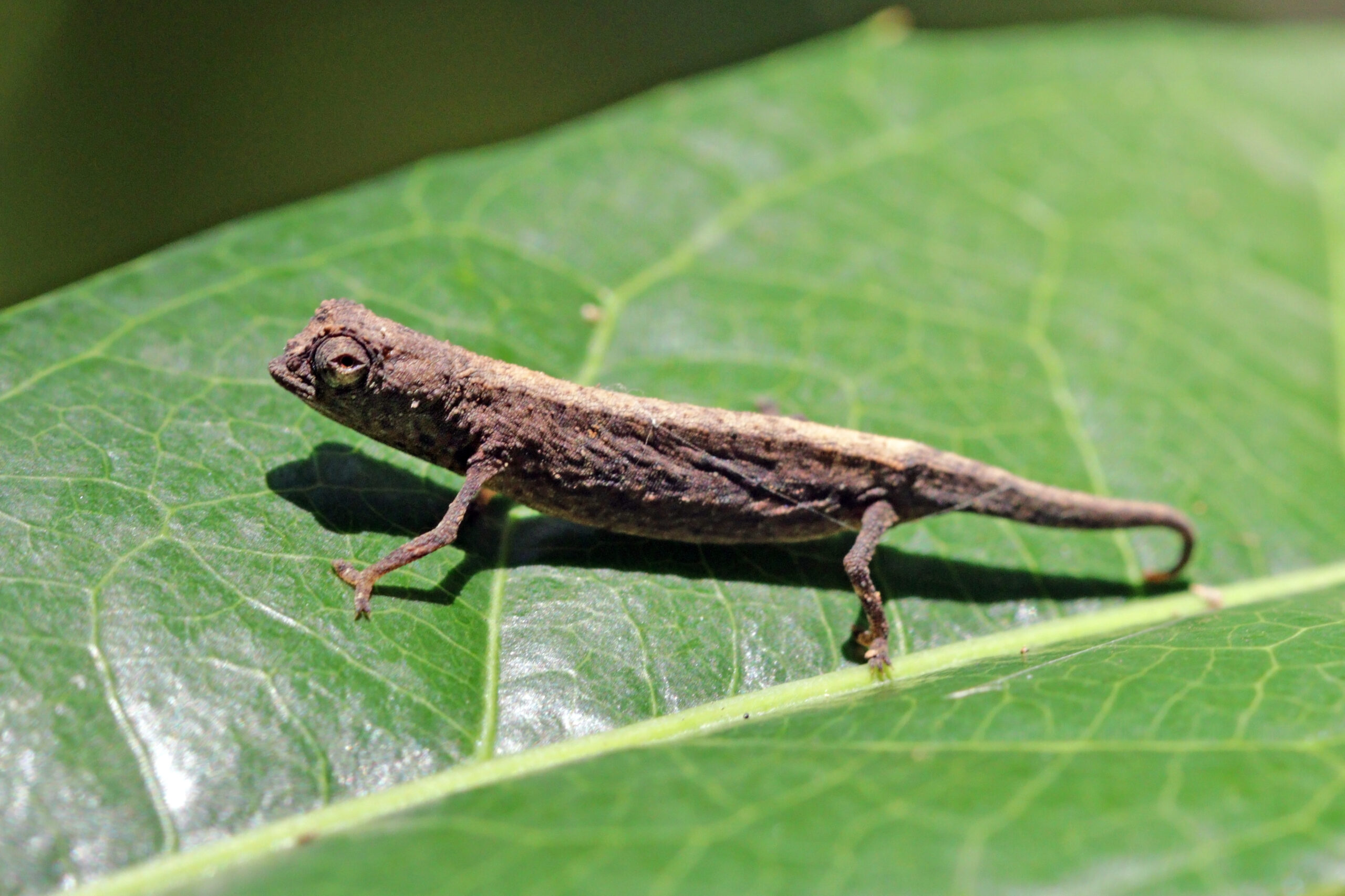


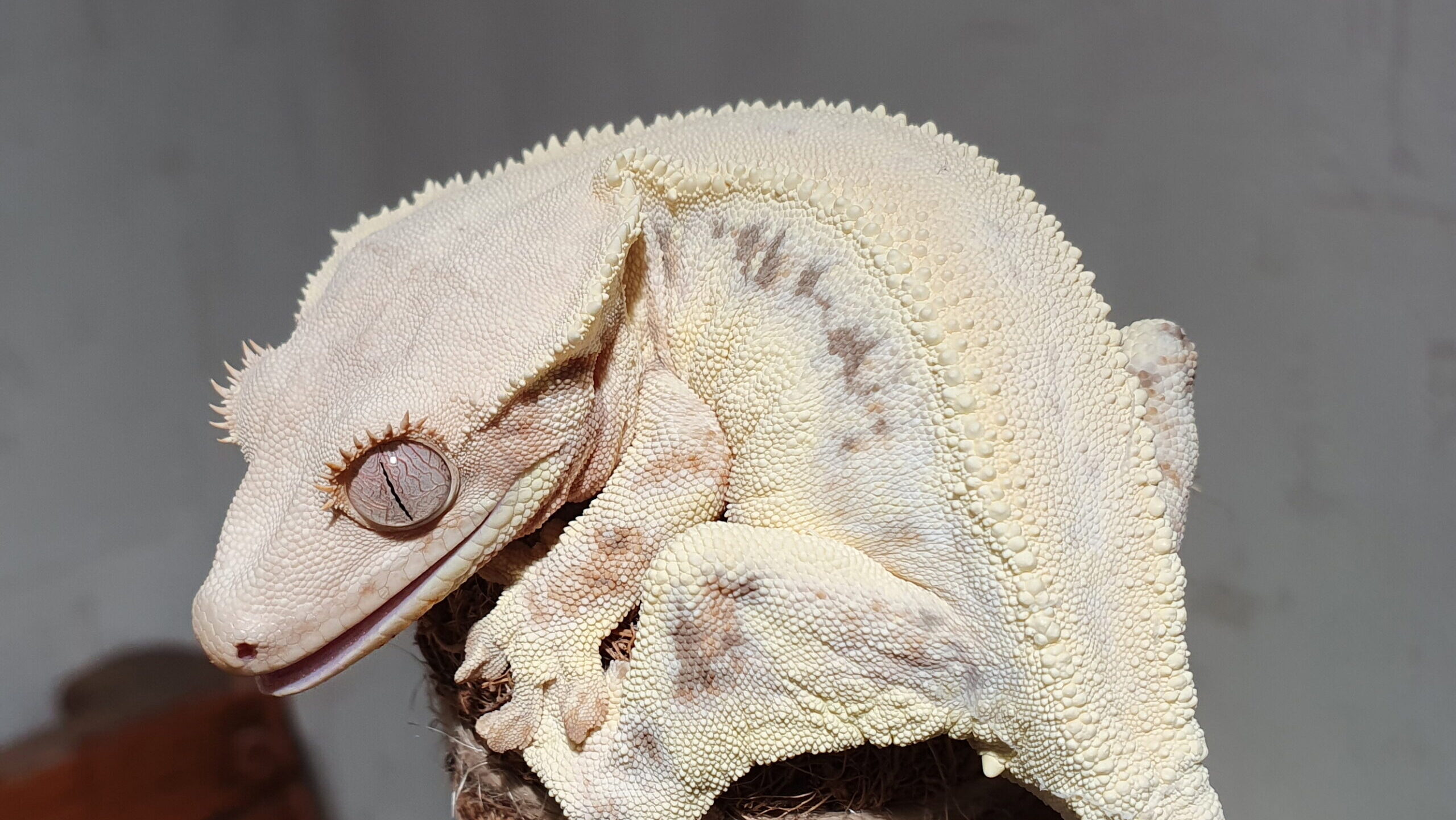




Leave a Reply